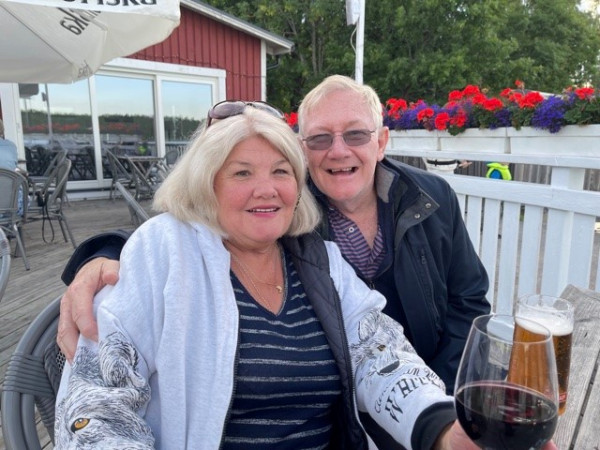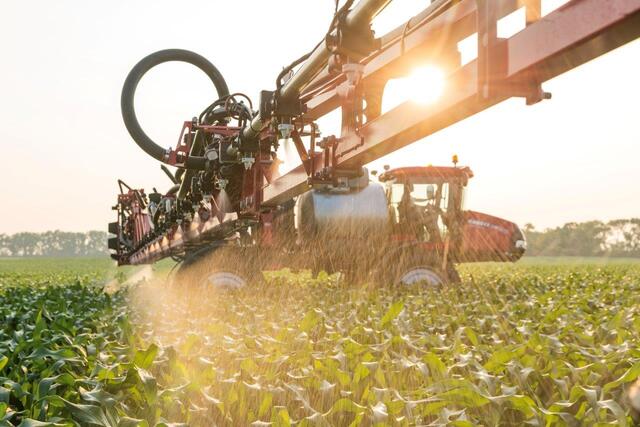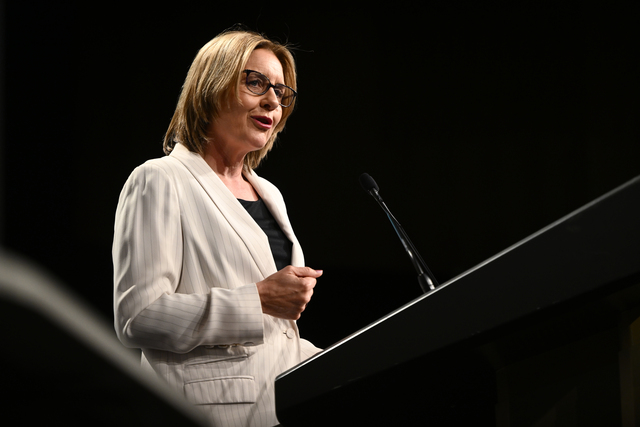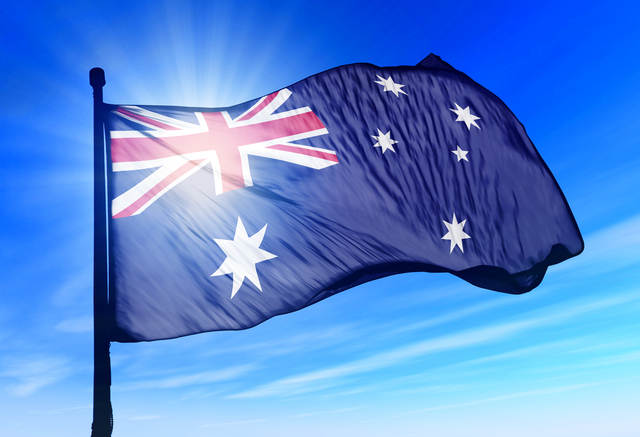GROWING up on a fruit block in Cardross, to running mainframe computers in some of the world’s largest stock exchanges is something many of us would or could never have dreamed possible.
While it might not have been a dream of Greg Maynard growing up, it did become a reality for him.
Mr Maynard, born in 1958, the son of Bob and Margaret, would spend his formative years in Cardross along with sister Lisa and brother Mike.
Their schooling began at Cardross Primary School.
“I don’t remember a great deal about the early years of school,” Mr Maynard said.
“The principal at the time had a strap that he seemed to take great pleasure in using.
“I seemed to get more than my fair share of beltings. I can’t say I remember him with any degree of fondness.
“Where our property was in Cardross, we had a large block of scrub above our vineyard which we played in. I loved it. They were good times.”
Next was Irymple Tech School, where a lot changed for Mr Maynard mainly due to form 4 math teacher Ron Fisher-Stamp.
“It was him teaching maths that gave me reason to like school,” Mr Maynard said.
“I excelled at maths and science seemed to work for me as well.
In year 11, Mr Maynard decided that his future career would be in the Air Force but colour blindness would abruptly deny that pursuit.
“I then decided to go to uni to be a science teacher,” he said,
“I found computer science and was told that programmers were in high demand, so I concentrated on that.
“I got a Bachelor of Science with a major in computer science,:
Mr Maynard managed to get a job with Telecom at their data centre in Clayton, Melbourne, as an on-shift support programmer in the operations department running big Honeywell mainframes.
Little did he know, that his working future was falling in place.
Two years later Mr Maynard applied for a transfer to the Sydney data centre. It was there that he met Lynn, his future wife.
“In 1984, I got a job at the Sydney Stock Exchange,” Mr Maynard said.
“They also ran Honeywell mainframes to do the processing of the quotes and trades from the trading floor, and sending that information to a network of terminals in the broker offices.
“The system would crash every day at around 10.30am as it was overloaded. I was able to keep the system running until the new project (system) was put in place.
“I found the stock market to be a fascinating place to work. Lynn was working over the road at Rothschilds. We would meet each day after work. Life was great.”
Mr Maynard said that around 1988 there was shift in the stock market, with some of the country’s biggest stocks starting to trade more in Singapore than here.
“The Australian brokers had to merge all the state exchange into one ASX if they were to keep the market,” he said.
“The only way to do that was to build a new computerised market. That was called SEATS and I got to work on that project,” he said.
“I got to be part of the options market development team and helped to get that system running. Somewhere in this period I became the head of the development team.
“Then in about 1992, the ASX contacted the Swedish company OM. They had built a computer system that fully supported an options market without a trading floor.
“The ASX decided to buy that system but it had to be modified to work in the way that the ASX ran its options market.”
Since Mr Maynard was the head of the development team, he was chosen to travel to Sweden to design the changes needed for the Australian market.
He spent the next two years living out of a suitcase as he worked on that project before it went live in about 1994.
“Over the coming years there were many new features added to the system. I would work out the design concepts with the traders and market management then go to Sweden to help design the changes,” he said.
Next on the horizon was America.
“In about 1997, some brokers in the USA were getting upset at the five option exchanges as they refused to automate their markets and were charging very high fees.
“One broker, e-trade, decided to create their own automated stock market based on the same Swedish system that we used in Australia. E-trade contacted the other brokers and they banded together to create this new exchange called the International Securities Exchange,” he said.
Mr Maynard said the brokers released a press statement to say they were building this new automated options exchange. On seeing the press release, Mr Maynard spoke to Lynn and they decided to head to America and be part of the new startup.
“We decided that we would have a three-to-five year working holiday in New York. We had no kids so why not. We were both about 40 at the time,” he said.
“Of all the things I had done at ASX, it was the organising of the brokers to get connected to the new system that they most needed.
“So, my job was to go out to the brokers’ offices, all over the USA, and show them what the system would look like, and how to get connected to the new exchange.
“I was able to tell them how it worked in Australia, the good and the bad. They needed to know, because sometimes it did fail. Lynn and I got to travel all over the US while I was demonstrating the system to the brokers.”
Right in the middle of all of this, Lynn got pregnant with son Thomas.
Life for the pair all of a sudden became very exciting.
“We bought a house in a lovely town called Port Washington on Long Island,” Mr Maynard said.
The ISE market launched and it was very well supported by the brokers.
Mr Maynard said there were the five existing floor exchanges and their one automated exchange.
“We had about 50 per cent of all the options market business,” he said.
“Our little company changes from a partnership, to a mutual, to being floated on the NYSE, all in just seven years,” he said.
“About one year after ISE was floated on the stock exchange, the German Stock Exchange did a takeover of our shares.
“The NYSE bought the French market Euronext, which gave NYSE access to Europe. Germany needed to buy an American exchange to have access to the US.”
But Mr Maynard said ISE then had a problem.
“The computer system that we used had been taken over by NYSE. Our competitors owned the company that supplied our computer platform,” he said.
Mr Maynard said the programmers at the German exchange then decided to rebuild their trading system and he got to be part of the design team.
“Lots of travel to Europe. That project took a few years.”
During this time, the Maynards were living out on Long Island.
“We had an amazing house with a pool and a zip line between two big oak trees. The kids loved the zip line.”
But work life wasn’t about to get any easier.
“Then Germany decided to use our system to run their own markets and it needed lots of changes,” he said. “They asked me to move to Frankfurt to manage that project.
“But it was too big a change for our family so I was commuting to Frankfurt every other week.
“I loved it but I did put on a lot of weight. I blame business class travel.”
When the project ended in Germany in 2012, Mr Maynard said there was finally a pause in work.
“We had time to reflect on how busy life had been. We realised it was time to head back home.”
They decided to sell the house and move back to Sydney in October 2013.
“I got a contract for a couple of years to help ease my way into retirement, which I did in 2016,” he said.
“Since then, I have been having a wonderful time doing renovation projects on our house.”








